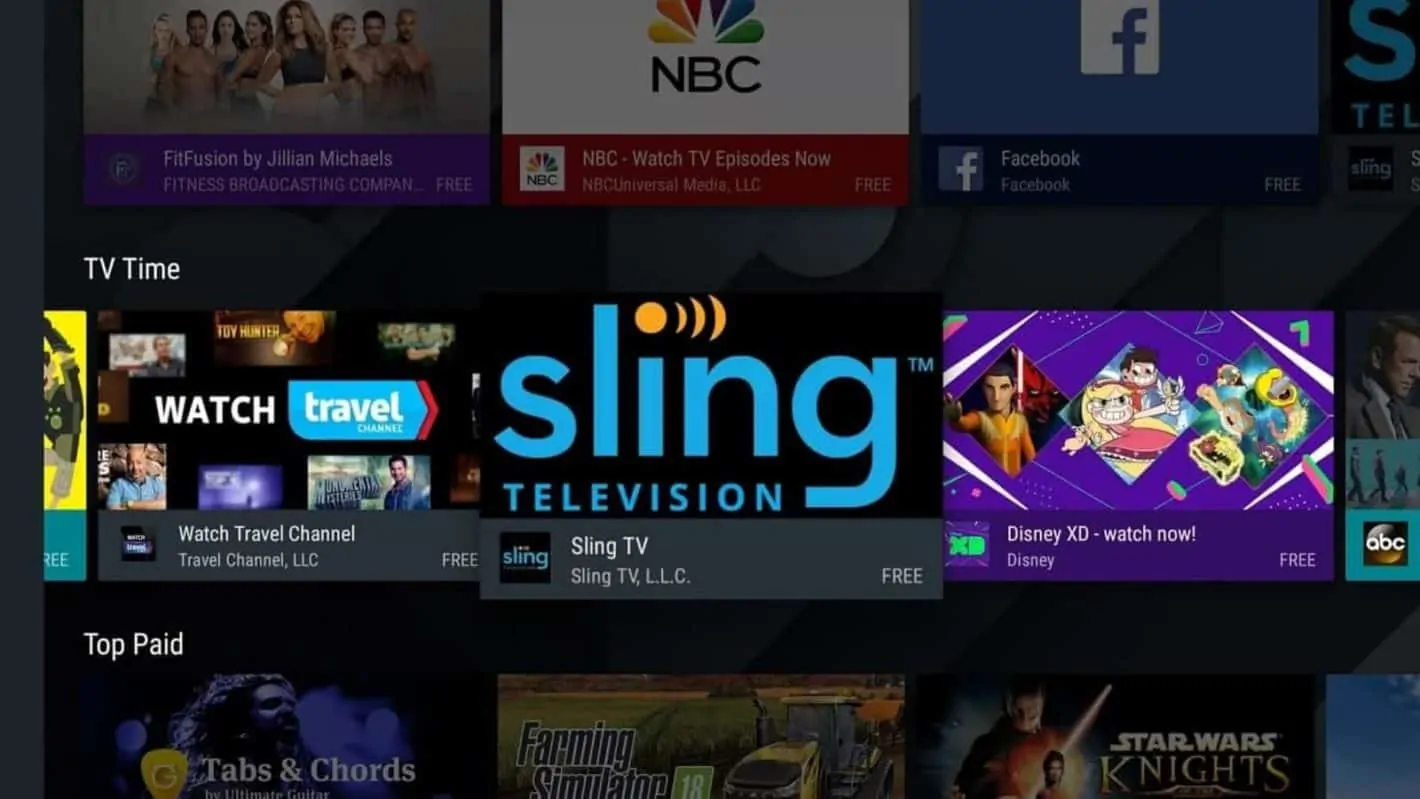By the close of 2018 Sling TV had 2.42 million subscribers.
The confirmed number comes directly from DISH Network who disclosed the subscriber count as part of its fourth-quarter and year-end 2018 financial results.
The 2.42 million Sling TV subscribers formed only a part of the overall 12.32 million pay-TV subscribers DISH announced with the difference made up by the 9.90 million subscribers to the company’s ‘DISH TV’ satellite TV service.
Although this is an increase on before, and a significant subscriber count compared to rival services, it also does indicate the service has seen less uptake in general compared to what might have been expected.
For example, this time last year when DISH Network announced the same figures for 2017, Sling TV stood at 2.212 million subscribers. A difference that although is positive, is not much year-over-year for an industry that has seen massive growth during the same time-frame.
The picture becomes even clearer when looking at the overall number of pay-TV customers DISH Network currently has. As compared to the positive increase for Sling TV, the 12.32 million pay-TV subscribers announced today is down from the 13.242 million announced for the year before.
With the overall loss of subscribers totaling significantly more than the increase for Sling TV alone, it suggests that while some may have moved from DISH TV over to Sling TV, most haven’t and instead moved away from DISH completely.
One of the issues Sling TV is now facing is the uptick in services that offer a comparable product at a comparable price. In the beginning Sling TV was one of the first major names to embrace the cord-cutting and skinny bundle generation, but the last year has seen many more players entering the market.
While the increase in competition will be naturally offset to some degree by the increase in available customers, this has led to what is now a highly competitive landscape overall where margins are lower and offering the very best deal is no longer as easy to do as it once was.
Adding to this, a new sub-genre of services have emerged over the last year that look to offer content to consumers for free. These services rely more heavily on the use of an ad-supported model to offset costs and so far are providing to be popular with consumers.
In fact, Sling TV has already shown indications that it wants to compete with those services — as well as the more premium skinny services – as it too added a free content angle to its service last year.
From the positive perspective, in spite of the heightened level of competition Sling TV is now facing, the streaming service did see an increase in subscribers year-over-year and although it is not a massive increase, it is an important one.
Take AT&T for example. This company has invested heavily in its DIRECTV NOW service as a means to cement is position within the growing market. Yet when AT&T announced its fourth-quarter results it showed a significant drop in subscribers compared to the quarter before.
At the end of 2018, DIRECTV NOW had 1.6 million subscribers. That is a big difference when compared to Sling TV and one that firmly places DISH Network’s product in the top spot overall.
How long that remains the case though, remains to be seen. Both Hulu TV and YouTube TV have made their presence felt over the past twelve months with the former having confirmed it has now passed the one million subscriber mark, and YouTube TV believed to be not that far behind.

